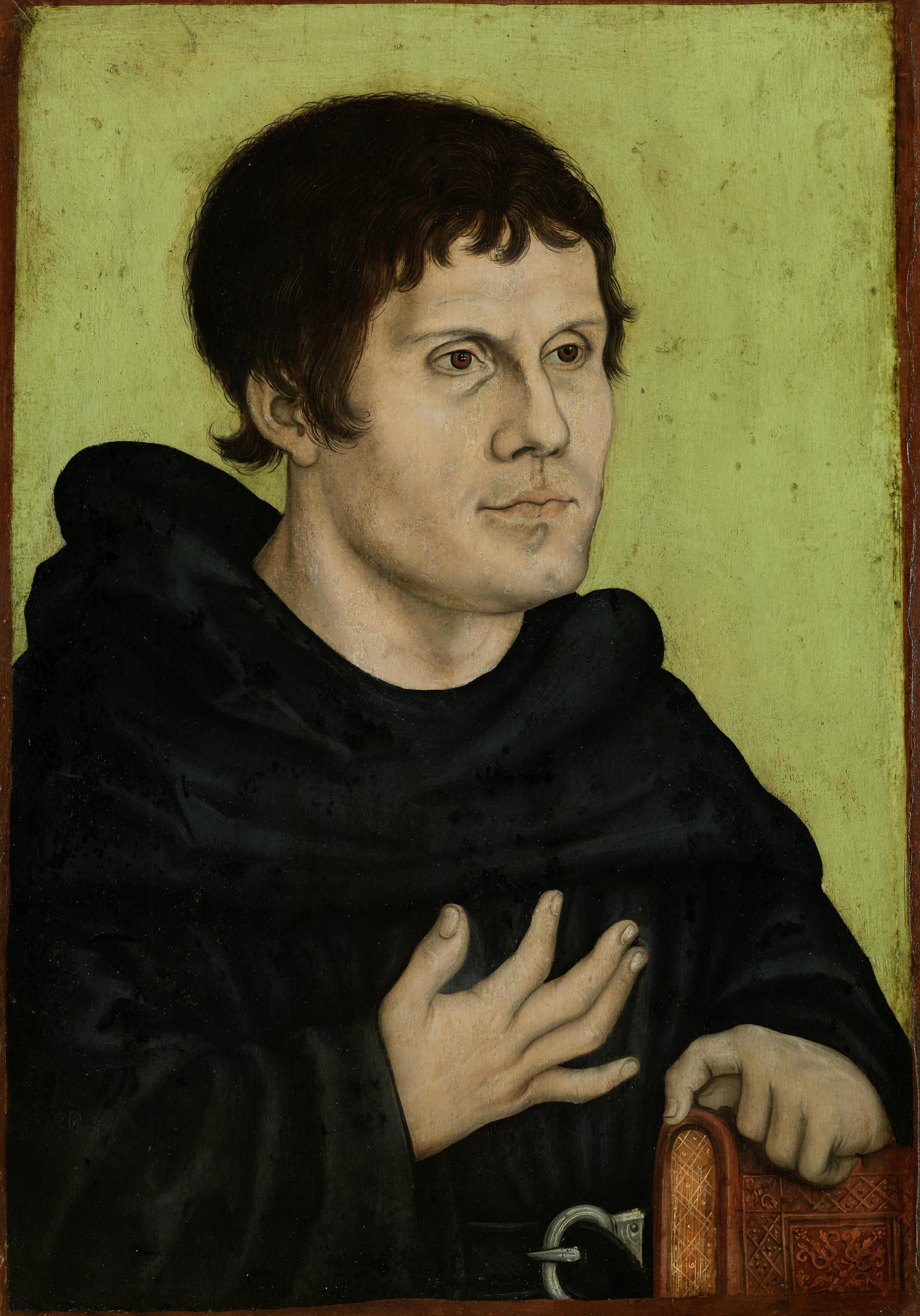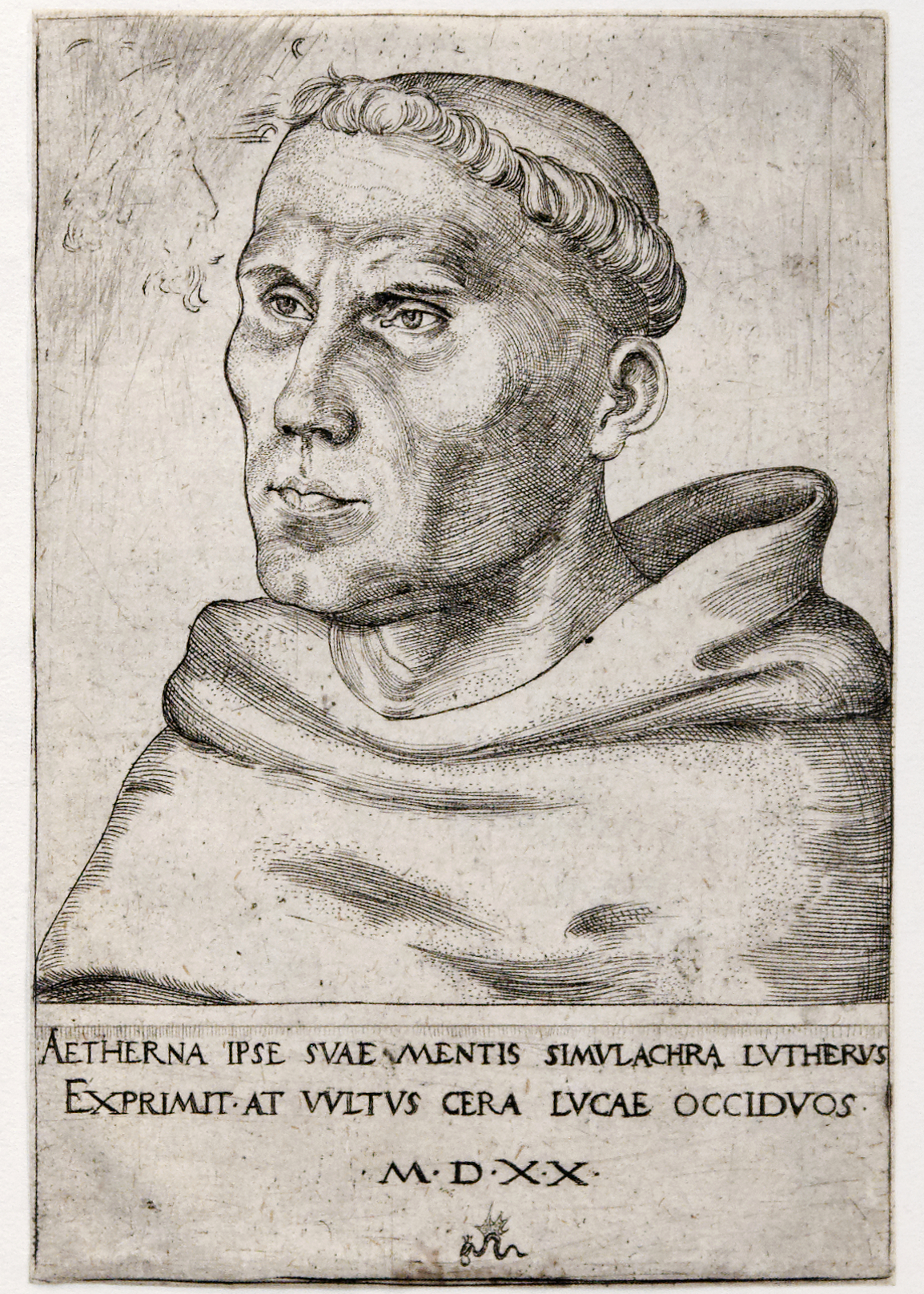|
St. Augustine's Monastery (Erfurt)
St. Augustine's Monastery (German: ''Augustinerkloster'') in Erfurt, central Germany, is a former church and friary complex dating from the 13th century. The site is almost in size. It was built by Augustinian friars, an order of the Catholic Church. It is most well known as the former home of Martin Luther (1483–1546), the father of the Reformation, who lived there as a friar from 1505 until 1511. About 74 ordained and 70 lay brothers lived at the friary at its peak in the early 16th century. After the Reformation, from 1525 the friary church was used by the local Lutheran congregation. The site became the property of Erfurt city council after the last friar died in 1556. It was secularised in 1559, but was later reconsecrated in 1854. It now belongs to the Evangelical Church in Central Germany. Parts of the complex were destroyed in a British air raid in 1945, in which 267 people sheltering on the site were killed. Today the complex has a mixture of medieval and modern bu ... [...More Info...] [...Related Items...] OR: [Wikipedia] [Google] [Baidu] |
Augustinians
Augustinians are members of several religious orders that follow the Rule of Saint Augustine, written about 400 A.D. by Augustine of Hippo. There are two distinct types of Augustinians in Catholic religious orders dating back to the 12th–13th centuries: * Various congregations of Canons Regular also follow the Rule of Saint Augustine, embrace the evangelical counsels and lead a semi-monastic life, while remaining committed to pastoral care appropriate to their primary vocation as priests. They generally form one large community which might serve parishes in the vicinity, and are organized into autonomous congregations. * Several orders of friars who live a mixed religious life of contemplation and apostolic ministry. The largest and most familiar is the Order of Saint Augustine (OSA), founded in 1244 and originally known as the Hermits of Saint Augustine (OESA). They are commonly known as the Austin Friars in England. Two other orders, the Order of Augustinian Recollects ... [...More Info...] [...Related Items...] OR: [Wikipedia] [Google] [Baidu] |
Cloister
A cloister (from Latin , "enclosure") is a covered walk, open gallery, or open Arcade (architecture), arcade running along the walls of buildings and forming a quadrangle (architecture), quadrangle or garth. The attachment of a cloister to a cathedral or church, commonly against a warm southern flank, usually indicates that it is (or once was) part of a monastic foundation, "forming a continuous and solid architectural barrier... that effectively separates the world of the monks from that of the serfs and workmen, whose lives and works went forward outside and around the cloister." Cloistered (or claustral) life is also another name for the monastic life of a monk or nun. The English term ''enclosure'' is used in contemporary Catholicism, Catholic church law translations to mean cloistered, and some form of the Latin parent word "claustrum" is frequently used as a metonymic name for ''monastery'' in languages such as German. Cloistered clergy refers to monastic orders that stric ... [...More Info...] [...Related Items...] OR: [Wikipedia] [Google] [Baidu] |
Prior (ecclesiastical)
Prior (or prioress) is an Ecclesiology, ecclesiastical Title#Ecclesiastical titles (Christian), title for a Superior (hierarchy), superior in some religious orders. The word is derived from the Latin for "earlier" or "first". Its earlier generic usage referred to any monastic superior. In abbeys, a prior would be lower in rank than the abbey's abbot or abbess. Monastic superiors In the Rule of Saint Benedict, the term appears several times, referring to any superior, whether an abbot, Provost (religion), provost, Dean (Christianity), dean, etc. In other old monastic rules, the term is used in the same generic sense. With the Cluniac Reforms, the term ''prior'' received a specific meaning; it supplanted the provost or dean (''praepositus''), spoken of in the Rule of St. Benedict. The example of the Cluniac congregations was gradually followed by all Benedictine monasteries, as well as by the Camaldolese, Vallombrosians, Cistercians, Hirsau Abbey, Hirsau congregations, and other ... [...More Info...] [...Related Items...] OR: [Wikipedia] [Google] [Baidu] |
Diet Of Worms
The Diet of Worms of 1521 ( ) was an Imperial Diet (Holy Roman Empire), imperial diet (a formal deliberative assembly) of the Holy Roman Empire called by Emperor Charles V, Holy Roman Emperor, Charles V and conducted in the Imperial Free City of Worms, Germany, Worms. Martin Luther was summoned to the diet in order to renounce or reaffirm his views in response to a Exsurge Domine, Papal bull of Pope Leo X. In answer to questioning, he defended these views and refused to recant them. At the end of the diet, the Emperor issued the Edict of Worms (''Wormser Edikt''), a decree which condemned Luther as "a notorious Heresy in the Catholic Church, heretic" and banned citizens of the Empire from propagating his ideas. Although the Protestant Reformation is usually considered to have begun in 1517, the edict signals the first overt schism. The diet was conducted from 28 January to 25 May 1521 at the Bischofshof palace in Worms, with the Emperor presiding. Other imperial diets took place ... [...More Info...] [...Related Items...] OR: [Wikipedia] [Google] [Baidu] |
Wittenberg University
Wittenberg University (officially Wittenberg College) is a private liberal arts college in Springfield, Ohio. It has 1,326 full-time students drawn from 33 states and 9 foreign countries. Wittenberg University is associated with the Evangelical Lutheran Church in America. History Wittenberg College was founded in 1845 by a group of ministers in the English Evangelical Lutheran Synod of Ohio, which had previously separated from the recently established German-speaking Evangelical Lutheran Joint Synod of Ohio and Other States. The college was named for the historic University of Wittenberg in Wittenberg, Germany, the town in which Martin Luther famously posted his '' Ninety-five Theses'' on the church door on October 31, 1517. A German American pastor of the Evangelical Lutheran Church, the Rev. Ezra Keller was the principal founder and first president of the college. Its initial focus was to train clergy with the Hamma School of Divinity as its theological department. One o ... [...More Info...] [...Related Items...] OR: [Wikipedia] [Google] [Baidu] |
Erfurt Cathedral
Erfurt Cathedral (, officially ''Hohe Domkirche St. Marien zu Erfurt'', English: Cathedral Church of St Mary at Erfurt), also known as St Mary's Cathedral, is the largest and oldest church building in the Thuringian city of Erfurt, central Germany. It is the episcopal seat of the Roman Catholic Diocese of Erfurt. The cathedral was mainly built in the International Gothic style and is located on a hillside overlooking the main town square (, Cathedral Square), directly next to St Severus' Church. As a unique architectural ensemble, both churches together form the city's landmark. Former German names include and . History The site of the present cathedral has been the location of many other Christian buildings, for example a Romanesque basilica and a church hall. In 742, Saint Boniface erected a church on the mound where Erfurt Cathedral is now sited. In the mid-12th century, the foundations of the original church were used for a Romanesque basilica. In the earl ... [...More Info...] [...Related Items...] OR: [Wikipedia] [Google] [Baidu] |
Eisleben
Eisleben is a town in Saxony-Anhalt, Germany. It is famous as both the hometown of the influential theologian Martin Luther and the place where he died; hence, its official name is Lutherstadt Eisleben. First mentioned in the late 10th century, Eisleben is divided into the old town of Altstadt, and new town of Neustadt. Neustadt was created for Eisleben's miners in the 14th century. As of 2020, Eisleben had a population of 22,668. It lies on the Halle–Kassel railway. History Eisleben was first mentioned in 997 as a market called Islebia, and in 1180 as a town. The counts of Mansfeld governed the area until the 18th century. During the Protestant Reformation, Count Hoyer VI of Mansfeld-Vorderort (1477–1540) remained loyal to his Catholic faith, but the family's Mittelort and Hinterort branches sided with Martin Luther. The German Peasants' War devastated the area, about a century before the Thirty Years War. Count Albert VII of Mansfeld-Hinterort (1480–1560) signed th ... [...More Info...] [...Related Items...] OR: [Wikipedia] [Google] [Baidu] |
University Of Erfurt
The University of Erfurt () is a public university located in Erfurt, the capital city of the German state of Thuringia. It was founded in 1379, and closed in 1816. It was re-established in 1994, three years after German reunification. Therefore, it claims to be both the oldest and youngest university in Germany. The institution identifies itself as a reform university, due to its most famous alumnus Martin Luther, the instigator of the Reformation, who studied there from 1501 to 1505. Today, the main foci centre on multidisciplinarity, internationality, and mentoring. The university is home to the Max Weber Center for Advanced Cultural and Social Studies, the Gotha Research Center for Cultural and Social Scientific Studies, and the Willy Brandt School of Public Policy. The Gotha Research Library, which has one of Germany's largest collections of early modern manuscripts, is part of the university. The University Library is also the keeper of the ''Bibliotheca Amploniana'', a co ... [...More Info...] [...Related Items...] OR: [Wikipedia] [Google] [Baidu] |
Portrait Of Martin Luther As An Augustinian Monk
A portrait is a painting, photograph, sculpture, or other artistic representation of a person, in which the face is always predominant. In arts, a portrait may be represented as half body and even full body. If the subject in full body better represents personality and mood, this type of presentation may be chosen. The intent is to display the likeness, personality, and even the mood of the person. For this reason, in photography a portrait is generally not a snapshot, but a composed image of a person in a still position. A portrait often shows a person looking directly at the painter or photographer, to most successfully engage the subject with the viewer, but portrait may be represented as a profile (from aside) and 3/4. History Prehistorical portraiture Plastered human skulls were reconstructed human skulls that were made in the ancient Levant between 9000 and 6000 BC in the Pre-Pottery Neolithic B period. They represent some of the oldest forms of art in the Middle Eas ... [...More Info...] [...Related Items...] OR: [Wikipedia] [Google] [Baidu] |
Aesthetic
Aesthetics (also spelled esthetics) is the branch of philosophy concerned with the nature of beauty and taste, which in a broad sense incorporates the philosophy of art.Slater, B. H.Aesthetics ''Internet Encyclopedia of Philosophy,'' , accessed on 15 September 2024. Aesthetics examines values about, and critical judgments of, artistic taste and preference. It thus studies how artists imagine, create, and perform works of art, as well as how people use, enjoy, and criticize art. Aesthetics considers why people consider certain things beautiful and not others, as well as how objects of beauty and art can affect our moods and our beliefs. Aesthetics tries to find answers to what exactly is art and what makes good art. It considers what happens in our minds when we view visual art, listen to music, read poetry, enjoy delicious food, and engage in large artistic projects like creating and experiencing plays, fashion shows, films, and television programs. It can also focus on h ... [...More Info...] [...Related Items...] OR: [Wikipedia] [Google] [Baidu] |
Studium Generale
is the old customary name for a medieval university in medieval Europe. Overview There is no official definition for the term . The term ' first appeared at the beginning of the 13th century out of customary usage, and meant a place where students from everywhere were welcomed, not merely those of the local district or region. In the 13th century, the term gradually acquired a more precise (but still unofficial) meaning as a place that (1) received students from all places, (2) taught the arts and had at least one of the higher faculties (that is, theology, law or medicine) and (3) that a significant part of the teaching was done by those with a master's degree. A fourth criterion slowly appeared: a master who had taught and was registered in the Guild of Masters of a ' was entitled to teach in any other without further examination. That privilege, known as , was, by custom, reserved only to the masters of the three oldest universities: Salerno, Bologna and Paris. Their re ... [...More Info...] [...Related Items...] OR: [Wikipedia] [Google] [Baidu] |








